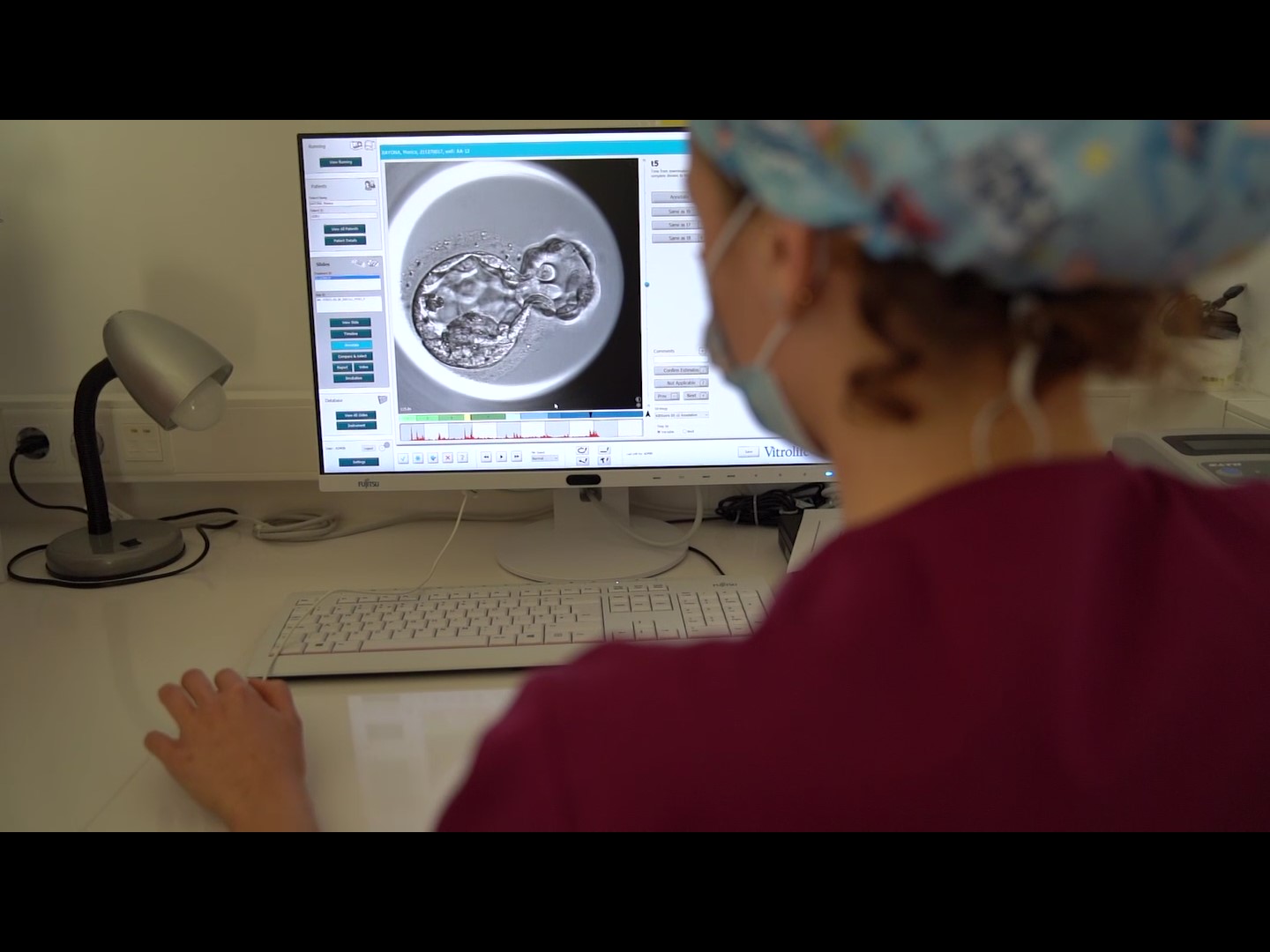In the dynamic field of assisted reproduction, innovation is the norm. The latest technologies are transforming how we understand and address fertility, providing new hopes for couples and individuals dreaming of starting a family. In this post, we explore some of the most exciting advancements in fertility treatments, techniques, and devices.
1. Embryo Culture in Time-Lapse Incubators
Monitoring embryonic development is essential in IVF. Traditionally, embryos are manually examined at fixed intervals, but Time-Lapse imaging technology offers a superior alternative. It allows continuous monitoring without interrupting the culture conditions. This minimizes embryonic stress and provides more detailed information about embryo progression, helping to select the most viable embryos for transfer.
2. Innovations in Sperm Selection: Fertile Chip
The Fertile Chip is a standout innovation in sperm selection. This device enables the selection of the healthiest sperm for in vitro fertilization (IVF), based on their ability to navigate a microfluidic matrix. Sperm that successfully pass this “obstacle” tend to be the healthiest, with lower DNA fragmentation, increasing the chances of successful conception.
3. Preimplantation Genetic Diagnosis (PGD)
PGD has been an integral part of IVF for years, but recent next-generation sequencing techniques are improving the accuracy of this process. It is now possible to detect a wider range of genetic and chromosomal disorders before implantation, increasing the chances of successful pregnancy and helping prevent the transmission of certain hereditary diseases.
4. Assisted Hatching: Enhancing Precision with Laser Technology
The technique of Assisted Hatching has undergone significant evolution thanks to technological advances. Originally, this technique was performed manually, requiring considerable skill and presenting the risk of damaging the embryo.
Today, with the introduction of laser technology, the Assisted Hatching process has become much more precise and safe. The use of laser allows for a small opening in the zona pellucida (the protein layer surrounding the embryo) in a controlled manner, minimizing the risk of damage to the embryo.
This opening facilitates embryo hatching, a critical step for successful implantation in the uterus. Thus, Assisted Hatching with laser technology can improve success rates in patients undergoing IVF, particularly those who have previously experienced failed IVF cycles or in cases of embryos with abnormally thick zona pellucida.
5. Personalized Fertility Treatments
A personalized approach to fertility is increasingly prevalent, thanks to genomic testing and precision medicine. These advancements allow fertility professionals to design customized treatments based on the genetics and individual characteristics of each patient, improving the chances of success.
Conclusion
These innovations represent just a sample of what is happening in the exciting field of assisted reproduction. As science and technology continue to advance, we can expect even more improvements in assisted reproduction techniques, increasing success rates and providing hope to more people dreaming of starting a family.
It is important to note that the choice of the appropriate technique or technology largely depends on the individual circumstances of each couple or individual. If you are considering fertility treatment, it is essential to discuss your options with an experienced reproductive health professional.
At Gravida, we are committed to implementing the latest innovations to assist you on your journey to parenthood. We are here to advise and support you every step of the way.




